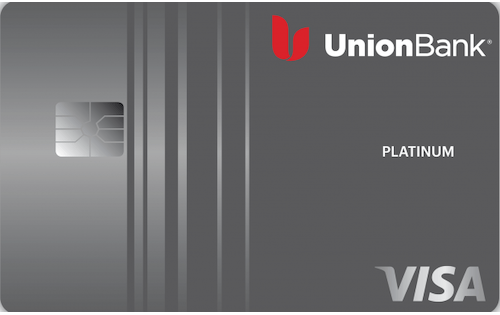Cameron DiGiovanni, Writer
@cdigiovanni20
To negotiate a balance transfer fee, call the credit card issuer’s customer service number before you apply for the card and make your case. People with a good, long-standing relationship with the issuer and a credit score that exceeds the card’s approval requirements will have the best chance of getting the fee waived.
Negotiating for a lowered or waived balance transfer fee may save you hundreds of dollars, but it’s more likely to be a waste of time. Banks are naturally hesitant to waive balance transfer fees because many balance transfer cards have 0% APR offers, so transfer fees are one of their main ways to make money. That said, you never really know how they’ll respond until you ask.
How to Negotiate a Balance Transfer Fee in 4 Steps
- Check your credit score. To know which balance transfer cards you could get approved for, check your credit score. The higher your credit score is, the better your bargaining position will be. When you have good or excellent credit, you can qualify for many good balance transfer offers, so you’ll be able to consider alternatives if you don’t get what you want from a particular credit card company.
- Compare balance transfer offers and pick the best one. You can use WalletHub’s balance transfer calculator to figure out how much you’d save by transferring your debt to various balance transfer cards. It’s important to consider the amount of time you’ll likely spend paying off the debt when making these comparisons.
- Call the card issuer’s customer service line and speak to a rep. If the first person can’t help, ask for someone higher up the ladder – they’re more likely to have the authority to negotiate.
- Make your case. Bring up any good relationship you have with the card issuer, especially if you are a loan, checking or investing customer, too. People with high incomes are also more likely to get the fee waived because the card issuer will be eager to get more business from them in the future. In addition, you might want to mention your credit score if it’s around 750 or higher.
If negotiations are unsuccessful, consider other balance transfer cards or even other debt payment options. Your most cost-effective option may still be to pay the fee and transfer your balance to the card that you initially wanted. But it’s best to explore alternatives before making a decision.

People also ask
Did we answer your question?
Important Disclosures
Ad Disclosure: Certain offers that appear on this site originate from paying advertisers. For full transparency, here is a list of our current advertisers.
Advertisers compensate WalletHub when you click on a link, or your application is approved, or your account is opened. Advertising impacts how and where offers appear on this site (including, for example, the order in which they appear and their prevalence). At WalletHub we try to present a wide array of offers, but our offers do not represent all financial services companies or products.
Advertising enables WalletHub to provide you proprietary tools, services, and content at no charge. Advertising does not impact WalletHub's editorial content including our best picks, reviews, ratings and opinions. Those are completely independent and not provided, commissioned, or endorsed by any company, as our editors follow a strict editorial policy.